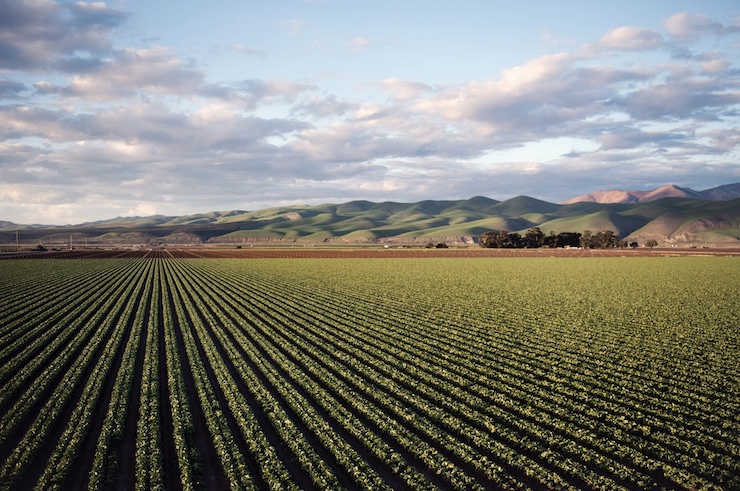
One of the most amazing aspects of technology is that it is always progressing. The innovation behind an idea drives further innovation to improve it. One of the fastest growing technologies right now is drone technology. Only a few years ago, drones were thought of as military or research tools, or even just toys. It seems that every time someone pushes the boundaries of how drones can be used to help people, a new drone concept opens up. Drones are still being used by the military, for scientific research, and are hugely popular for recreational use. But more and more, drones are being developed to assist in commercial enterprises. Advancing technology has made a home for drones in fields of search and rescue, real estate, film and TV production, securities, inspections, and more. What has come as a surprise for many is how far drone technology has come in supporting the agricultural industry.
When humans first began to inhabit this planet, they survived as hunters and gathers. Scientists found evidence from more than 20,000 years ago of the first civilizations based on farming practices. After gathering food from the wild, people began planting the seeds. This led to the development of communities and eventually the domestication of livestock. Today much of the world depends on industrial agriculture. Monoculture, or single crop farms, have become the driving source of the world’s food chain. Each year universities, corporations, and scientists spend billions of dollars trying to improve agricultural practices to meet the global demand.
While technology has given farmers advanced equipment like tractors as well as fortified seeds, farming is still a time consuming, labor intensive practice. Because some much physical labor goes into farming, finding help to keep hundreds of acres viable has become difficult in modern times. Young people choose to look for work in cities leaving farming behind. But now with the help of drones, farmers are finding that they can keep their crops healthy with far less effort. A survey conducted by the Qianzhan Industry Research Institute in Shenzhen, China estimated that the agricultural drone market will reach beyond $2 billlion within the next year. Meanwhile, Statista has predicted that the total commercial drone market will reach a value of around $3.6 billion by 2021.
Young tech-savvy thinkers are returning to farms with drones and making a massive change in how farms are operated. Li Zhenglin, a farmer at the Honghe Hani Rice Terraces in China’s Yunnan province was amazed when a drone was brought to the fields he was working. Already in his 60s, Li would spend hours each day climbing up and down the terraced rice paddies to tend to the crops. “It took up to one day to manually spray fertilizers on only 0.3 hectares of rice terrace. But now the same amount of work can be completed by one drone in five minutes,” he said. With a drone that can fertilize crops, an entire farm can be treated in record time. Higher productivity without compromising any human work positions, as there are not enough workers to start with.
All of the big drone manufacturers like DJI, Sensefly, and Precision Hawk have developed drones specifically for agricultural use. Some companies, like XAG from China, solely focus on the creation of agricultural drones. In China, the world’s largest producer and consumer of agricultural products, the government has begun offering farmers subsidies to implement technology like drones into regular farming practices. The majority of China’s farms are small understaffed farms that need to feed 20% of the global population. Without technology like drones, these farms could likely fail.
DJI first launched their agricultural drone the MG-1 in 2015. Realizing the great need for drones in agriculture, DJI invested millions into their agricultural equipment sector. Today, DJI has a wide range of agricultural drones to map and plan, as well as fertilize and plant crops. According to Chen Tao, global marketing and sales director for DJI’s agricultural department, the company sold more than 40,000 agricultural drones over the last year. He said that DJI drones doubled their farm coverage from last year with more than 33 million hectares of farms serviced.
As technology continues to progress, so to will the possibilities of how drones can benefit agriculture. Drones are giving farmers a chance to keep up with the demands of farm life, while saving time and money. As Justin Gong, co-founder of XAG said, “Our ultimate goal is to create a smart agriculture ecosystem in which all the repetitive, tedious and dangerous jobs are handed over to drones and robots, allowing farmers to focus on the process of decision making with the aid of big data and artificial intelligence.” Agricultural science has come a long way since humans first began farming. But with drones and technology, farming practices will continue to grow.
|